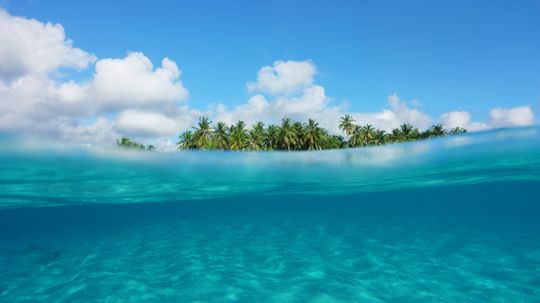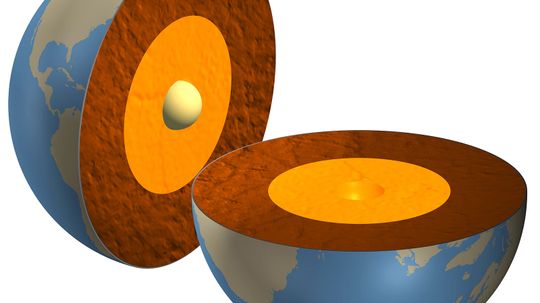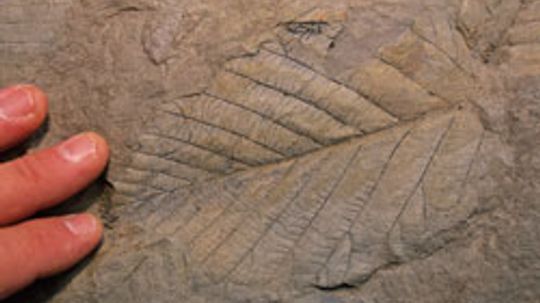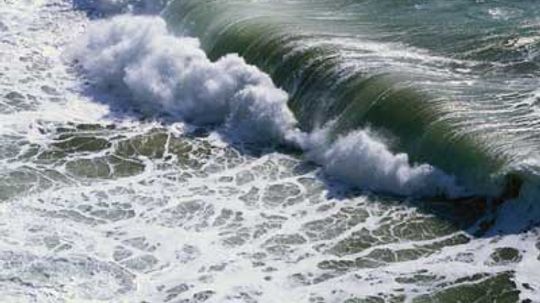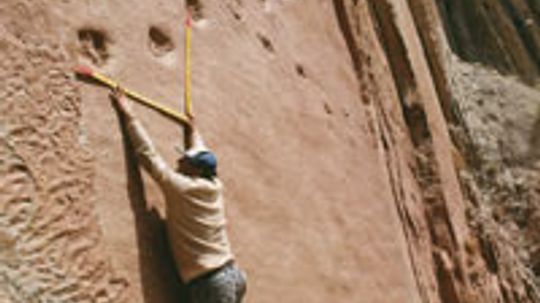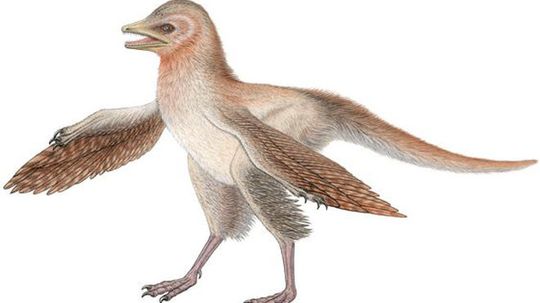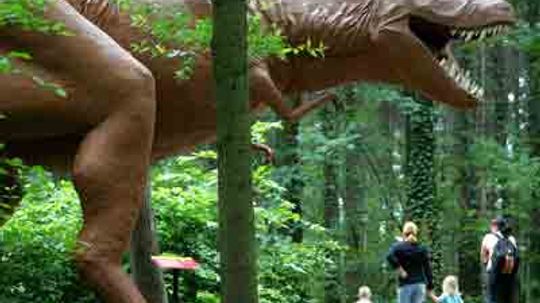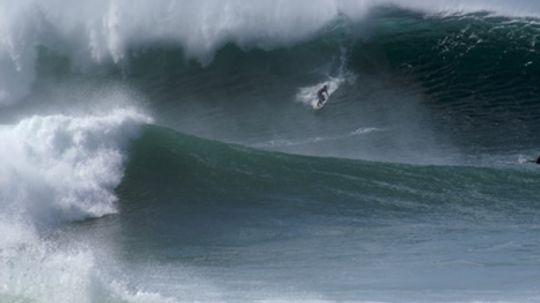Earth Science
Earth Science covers all facets of how the earth works, from from volcanoes to the world's oceans.

Worldwide Droughts Uncover Ancient Relics, Ruins and Remains

450 Huge Geometrical Earthworks in the Amazon Hint at Past Civilizations
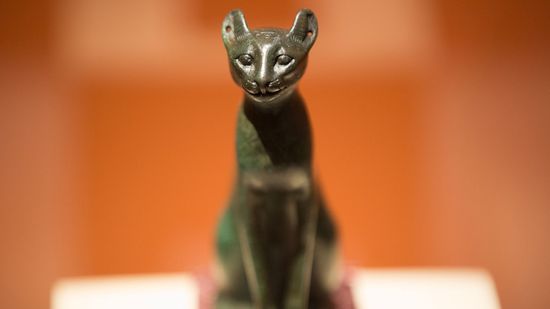
Ancient Egyptians Believed Cats Had 'Divine Energy'
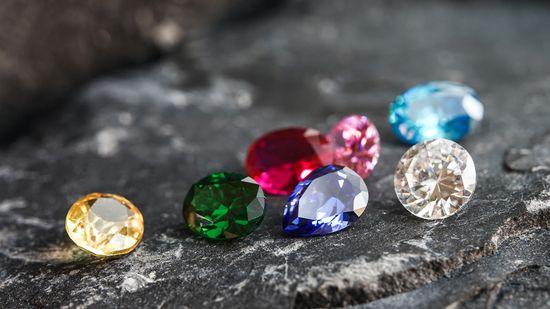
15 Types of Gemstones to Add a Little Sparkle to Your Life
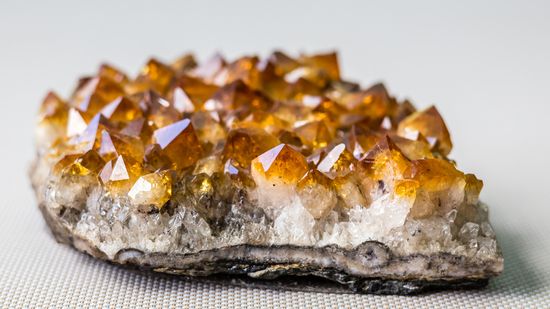
13 Brown Gemstones for Understated Elegance
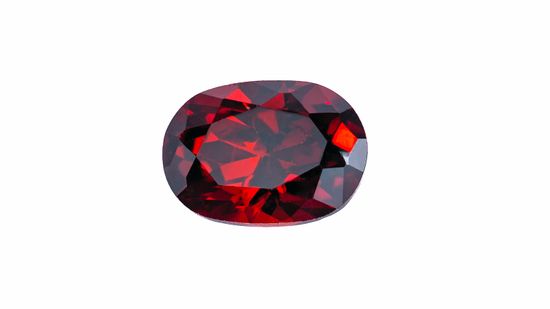
10 Red Gemstones That Evoke Power and Bold Luxury

10 Longest Rivers in the U.S.: From the Missouri to the Brazos

What Is the Smallest State in the USA? Looking at Area and Population
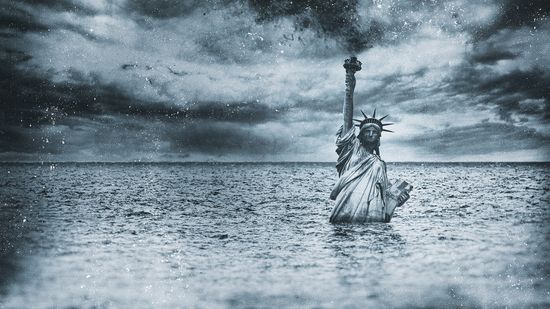
Venice Isn't Alone: 7 Sinking Cities Around the World
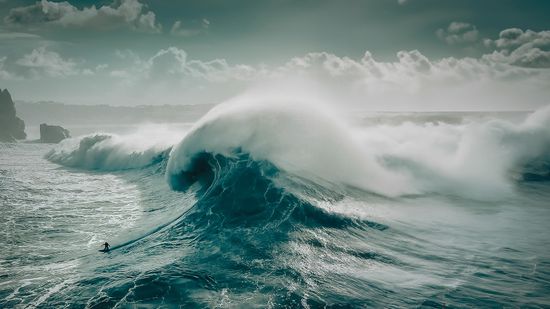
What Was the Largest Wave Ever Recorded?
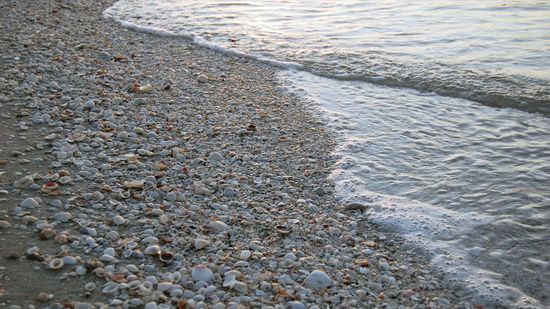
Where Have All the Seashells Gone?
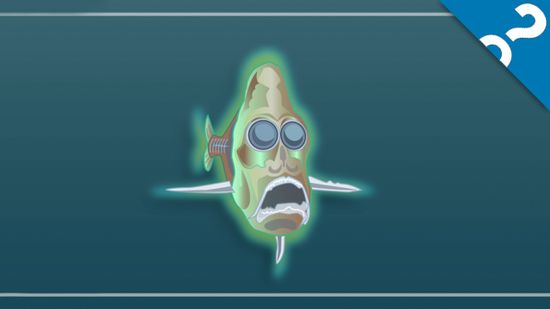
HowStuffWorks: 10 Weird Sea Creatures
Learn More / Page 4
How do they measure "sea level"? Is it the average of the tides? And is the sea level actually rising or not?
Let's say you have a lunch date to make - and it's on the other side of the planet. Wouldn't it be convenient to pop down a hole through Earth's innards? But what would really happen if you did?
If you ask anyone interested in surfing, they'll probably tell you that you need to be on the West Coast in order to find the biggest waves. But why is that? Why are the waves bigger on the West Coast when compared to the East Coast of the U.S.?
Advertisement
The polar ice caps have been in the news recently because of their alleged shrinking due to global warming. How much would the oceans rise if the ice caps melted completely?
By Marshall Brain & Sascha Bos
Carbon-14 dating is something that you hear about in the news all the time. Everything from mastodons to the Shroud of Turin has been dated using this technique! Learn about how carbon-14 dating works and why it is so accurate!
Earthquakes and volcanoes get all the press. But the landslides they trigger are often more devastating. What makes the ground suddenly rip downhill, taking trees and homes with it?
You might never notice the relentless movement of the oceans unless their waters went eerily still. What forces drive the oceans every second of the day?
Advertisement
It's not a trick; before you are a number of reptilian footprints in the rock. They're dinosaur tracks, preserved for thousands of years. But how did they possibly get there?
Some people believe that dinosaurs were relatives of today's birds. But, you might ask, if that's so, why didn't they have feathers? Funny you should ask.
Hollywood makes T. rex seem fast and agile, but some scientists think it was a scavenger, like a vulture. So which was it?
Rough times call for creative measures. The world is filled with oceans, and oceans are filled with wave energy that could potentially be transformed into power. Is wave energy a viable fossil fuel alternative?
By Jane McGrath
Advertisement
Ever since its discovery in 2000, a dinosaur fossil named Leonardo has held the interest of paleontologists the world over. A 3-D model of the animal even toured the world. So what's the big deal?
Sometimes dinosaur fossils are too large and heavy to display without damaging them. How are those enormous models built? And what makes them look so realistic?
The Bulletin of Atomic Scientists moved the Doomsday Clock to 90 seconds before midnight, the closest it's ever been to global catastrophe. What does this mean for humanity?
By Julia Layton
Have you ever wondered what would happen if we were able to flip a switch and turn the Earth's gravity off for a day? The end result may surprise you.
Advertisement
Emperor Qin ordered 7,000 generals, cavalrymen and archers to protect his mausoleum. What's so odd about that? Well, they were made of terracotta.
Four fundamental forces of nature are behind all that we do, from falling down to orbiting the sun. Learn about the four fundamental forces of nature.
Sand dunes belch, moan and hum. They roll across the desert, seeking out new locales. You might even say they breed. It's no wonder people call these giant sand formations lifelike.
By Debra Ronca
One evening, people heard their local lake rumbling. A day and a half later, 1,700 people were dead. What happened on that fateful night?
Advertisement
The oceans' levels change daily across the globe. We know them as tidal changes. But what causes this constant shift in sea level and why is it more dramatic is some places than others?
By Mark Mancini
Geysers are beautiful and their eruptions are exciting, but these fragile natural wonders are not to be trifled with. The water shooting from the geyser -- and the eruptions themselves -- can cause serious damage.
The Earth is incredibly heavy. How do scientists determine the weight of the Earth?
By HowStuffWorks
The dead zone, caused by massive amounts of algae growth, is a vast area off the Gulf of Mexico that is deadly to marine life. How is human activity making the dead zone worse?
Advertisement
For more than 40 years, scientists have tried to figure out what's causing large parts of Canada to be "missing" gravity. The force of gravity around Hudson Bay is lower than surrounding areas. Learn about two theories that may explain the phenomenon.
Researchers think the Chicxulub crater was caused by the massive asteroid that also killed off the dinosaurs 66 million years ago. What else do we know about this peak-ring crater?
By Mark Mancini
